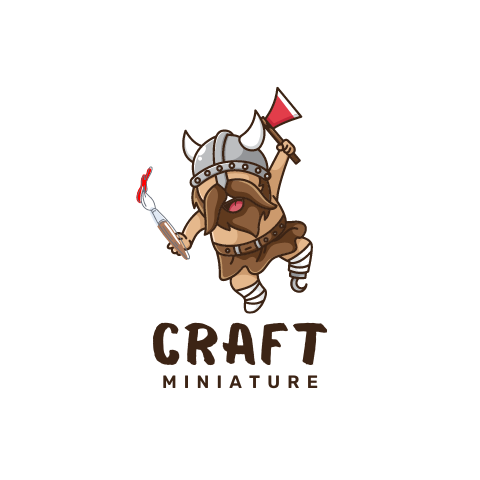Few techniques are as crucial in painting models as using a wet palette. By keeping your paints from drying out too quickly, you can spend more time blending colours and achieving a realistic finish. This article will discuss the basics of using a wet palette and how it can benefit you in painting.
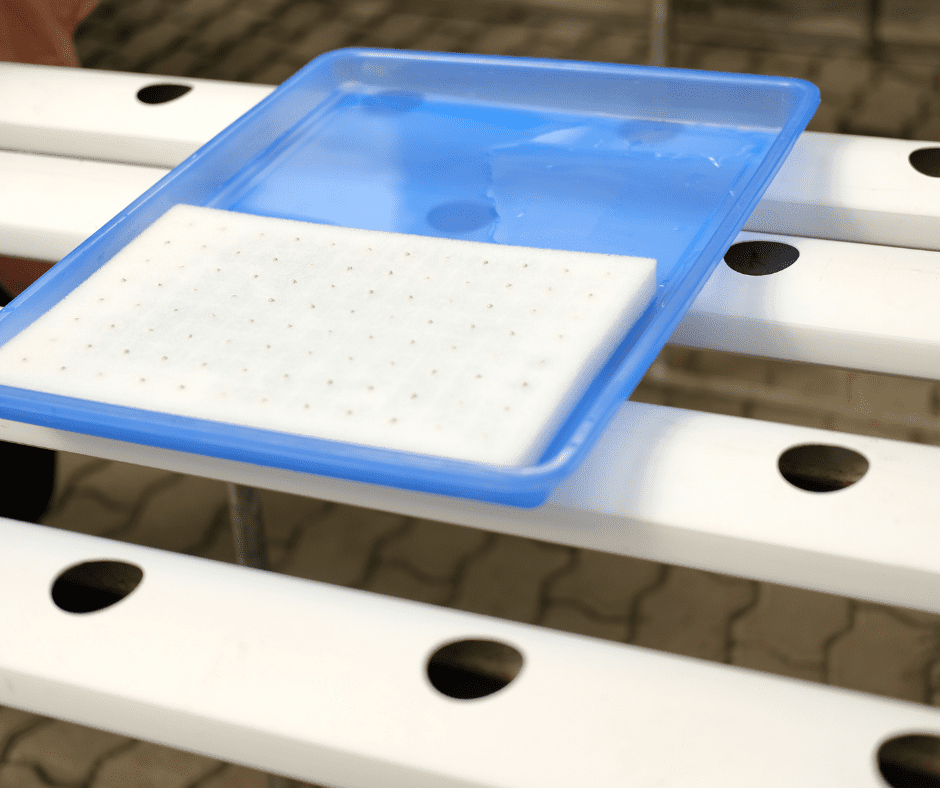
What is a wet palette?
A wet palette is simply a palette that has been soaked in water. This helps to keep the paints from drying out too quickly, allowing you more time to work with them. It also makes it easier to blend colours, giving you more versatility in your model painting projects.
There are many ways to make a wet palette, but the most common is using a sponge or cloth soaked in water. You can add your paints to the palette and begin working with them.
Why use a wet palette?
There are many benefits to using a wet palette when painting models. Perhaps the most important is that it helps to keep your paints from drying out. This is especially useful if you are working on a large project or need to take a break in the middle of painting. By keeping your paints moist, you can extend the time you have to work with them.
Another benefit of using a wet palette is that it makes it easier to blend colours. When paints are dry, they can be challenging to blend. However, it is much easier to create a smooth transition between colours when they are moistened. This allows you to make unique colour blends with ease.
Finally, using a wet palette can help you save money on paint. When paints dry out, they become unusable. However, if you keep them moistened on a wet palette, you can continue to use them until they are completely gone. This means you will not have to waste paint or start with new colours if your project takes longer than expected.
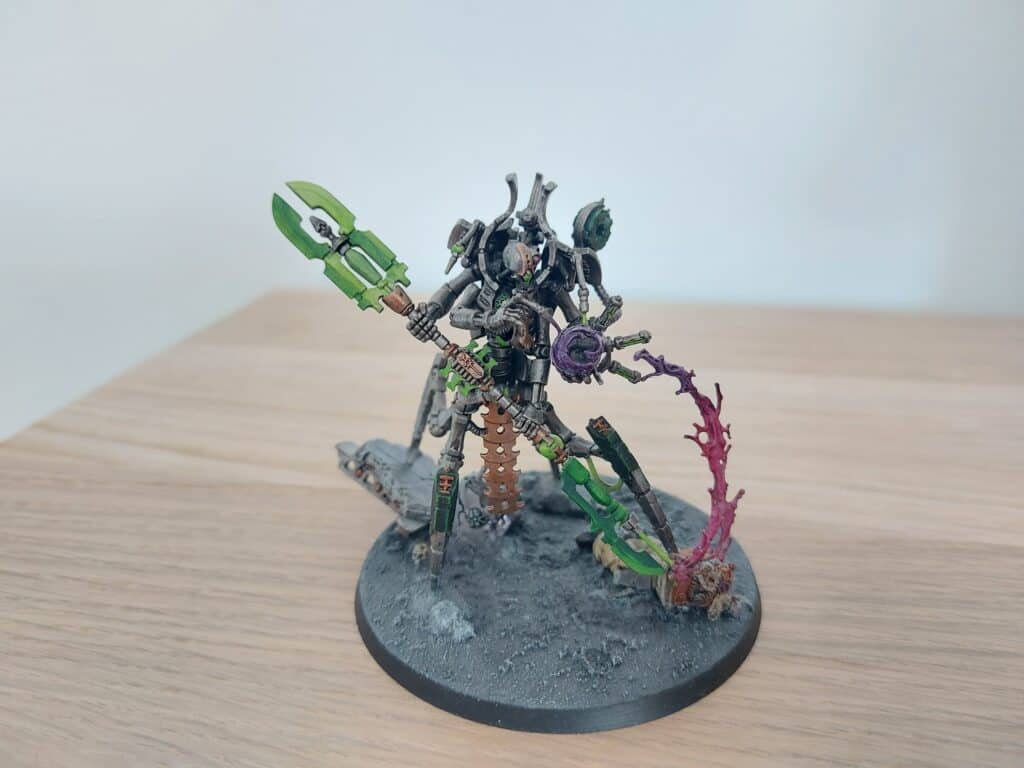
How does a wet palette work?
A layer of absorbent material is placed in a plastic or metal tray case. This layer of absorbent material is damp and gradually delivers moisture to the acrylic paints placed on the surface. The paint draws water from the layer below, which prevents it from drying out and becoming unusable.
The most common type of wet palette uses a sponge as the absorbent material. The layer of sponge is soaked in water and then placed in the container. The paints are placed on top of the sponge and will gradually draw moisture from it, keeping them moist and workable.
Another type of wet palette uses cloth as the absorbent material. This is simply a thick layer of fabric soaked in water and then placed in the container. The paints are placed on the cloth to ensure they continue to work throughout your model projects.
You can also purchase pre-made wet palettes with absorbent material. These can be a convenient option, but they are often more expensive than making your own.
How to use a wet palette?
Now that we have discussed the benefits of using a wet palette let’s look at how to use one.
- The first step is to soak a layer of sponge or cloth in water. Once it is saturated, wring out any excess water so that the material is damp but not dripping wet.
- Place the layer of your chosen material in a plastic or metal tray.
- Next, add your paints to the palette. You can use as many or as few colours as you like. Once you have your colours, begin painting your model as usual.
- You will find that the wet palette makes it easier to blend colours and achieve a greater finish on your models. In addition, you will have more time to work with your paints before they dry out.
- Remember, add more water to the wet palette if your paints begin to dry. This will help to keep them moist and easy to work with.
- When you finish painting, rinse off the sponge or cloth and allow it to dry. You can then store your wet palette for future use.
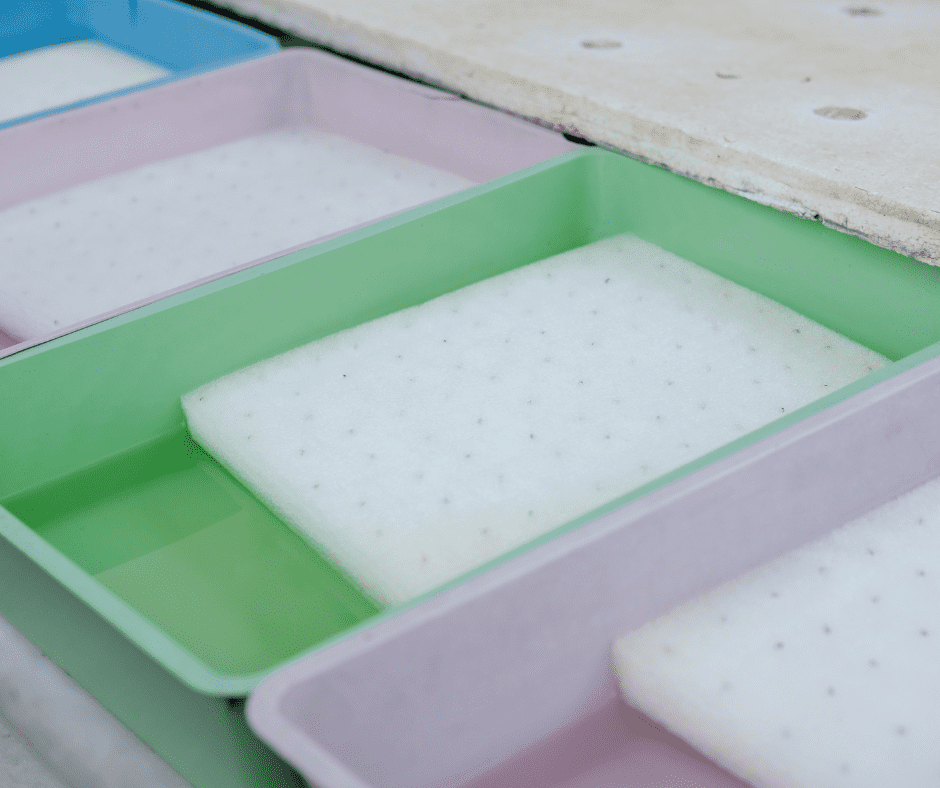
Getting the most out of your wet palette
Paint Thinning – To thin your paints, you do not need to have a separate water container and add water gradually to your paint as you would need on a standard paint palette. Instead, once you have placed the paint on the palette, mix the paint on the palette until you gain the desired results.
You can find more about making the most out of thinning paints with our paint thinning guide.
Colour Blending – As we mentioned earlier, one of the main advantages of using a wet palette is that it makes colour blending easier. To smooth the transition between two colours, moisten the area where the colours meet. This will help the colours to blend more easily.
Paint Storage – If you are not using all of your paint at once, you can store it on the wet palette. Cover the paint with a damp sponge or cloth until you are ready to use it again. This will help to keep the paint from drying out.
How much water do you add to a wet palette?
The amount of water you add to a wet palette will depend on the type of sponge or cloth you use. You want the palette to be damp, not dripping wet. This will help to keep your paints from drying out too quickly and make it easier to blend colours.
If your paints are drying out too quickly, you can add more water to the palette. Just be sure to wring out any excess so that the palette is only damp, not wet. If the sponge is too saturated, it can make the paints challenging to work with and cause your paint to become over-diluted, producing washes.
What paints can you use on a wet palette?
Any paint can be used on a wet palette. However, water-based paints and acrylics are the best to use. This is because they will not react with the water and will not become over-diluted.
Wet palettes are designed for acrylic paints to reduce the drying time of the paint. Acrylics are designed to dry quickly, so by using a wet palette; you can extend the time you have to work with them. This is especially useful when working on large projects or painting in layers.
What paints can you not use on a wet palette?
You can also use water-based paints on a wet palette. These paints are far slower at drying than acrylics, so they will give you more time to work with them. Water-based paints can also be re-wetted if they start to dry out, making them ideal for use on a standard palette. This does not mean you cannot use them in a wet palette; ensure that your wet palette is dry or slightly wet.
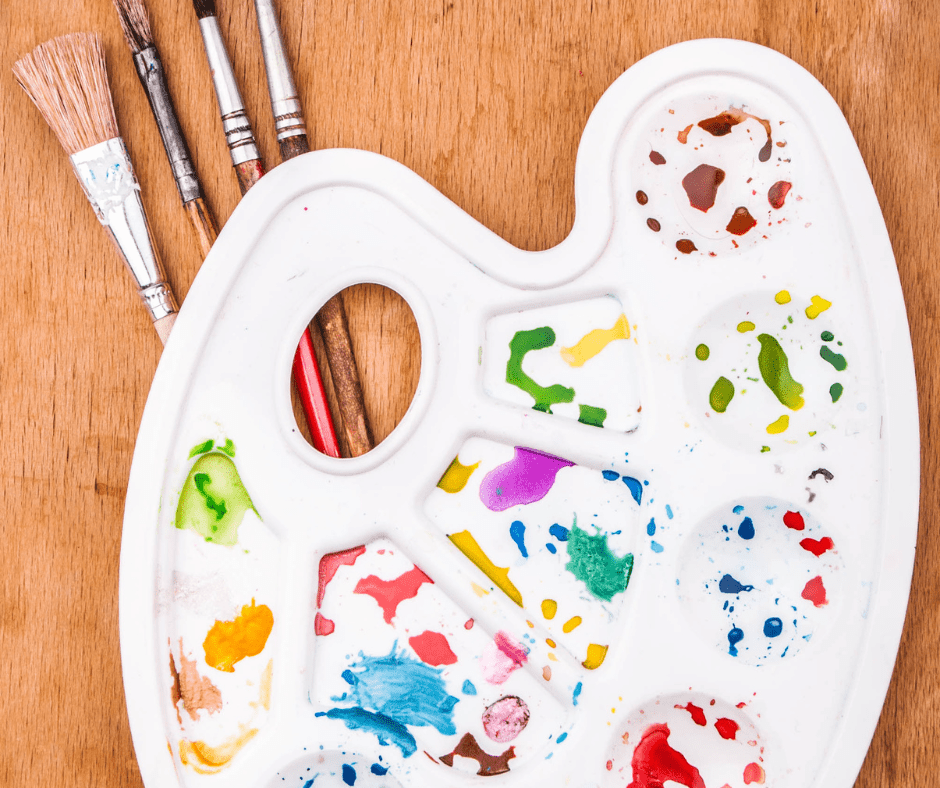
Oil-based paints should not be used on a wet palette as these paints are hydrophobic and will not mix with water. This can make them challenging to work with and cause your paint to seep into the absorbent layers within the palette.
If you are using oil-based paints, we recommend using a dry palette instead. Using a dry palette, you can still extend the working time of your paint, and you will still have great versatility with colour mixing and blending.
Can other techniques be used with a wet palette to improve the painting?
Other techniques can be used with a wet palette to improve the painting process. One is to add a little glycerine to the water before soaking the sponge or cloth. This will help to keep the paints from drying out too quickly.
Another technique is to use a misting bottle to keep the paints moist. Fill the bottle with water and mist the paints as needed. This will help prevent them from drying out and make them easier to work with.
Are pre-bought wet palettes worth it?
Pre-bought wet palettes can be a great investment, especially if you do a lot of painting. They can help to keep your paints from drying out and make colour blending easier. If you are starting, we recommend trying a DIY wet palette first to see if it is something you will use often.
Final Thoughts
A wet palette is a simple but effective way to improve your model painting. By keeping your paints from drying out too quickly, you can spend more time blending colours and achieving a realistic finish. In addition, the wet palette makes it easier to prevent paint from seeping into the cracks and crevices of your models.
